Blog
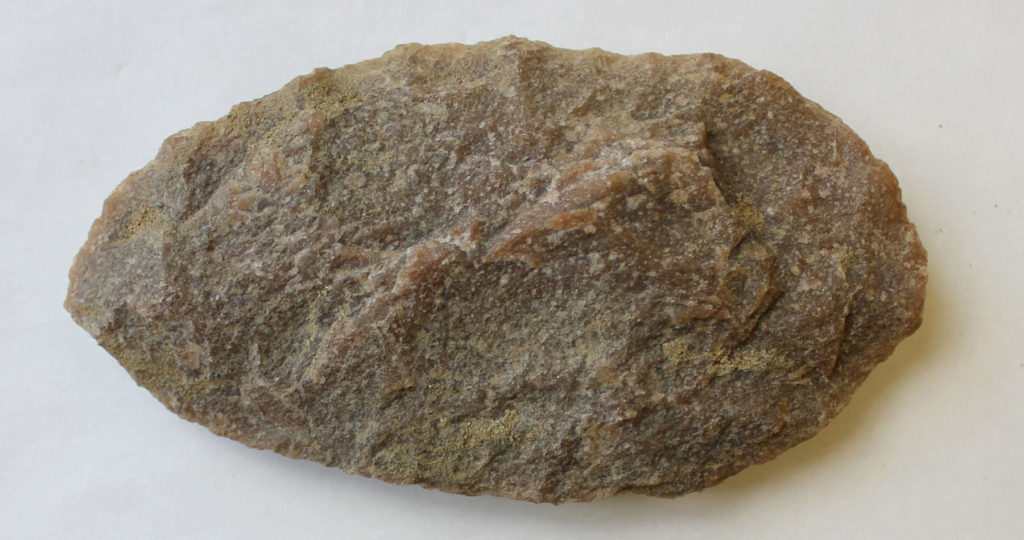
November 1, 2017
What do you see?
Everyone will interpret shapes and lines their own way. But once someone points out an image they see, sometimes you wonder “how did I not see that?”. A member of the Paul First Nations group took one look at this biface (from the Brazeau Reservoir) and saw a Bison. Can you see it? Scroll down
Keep Reading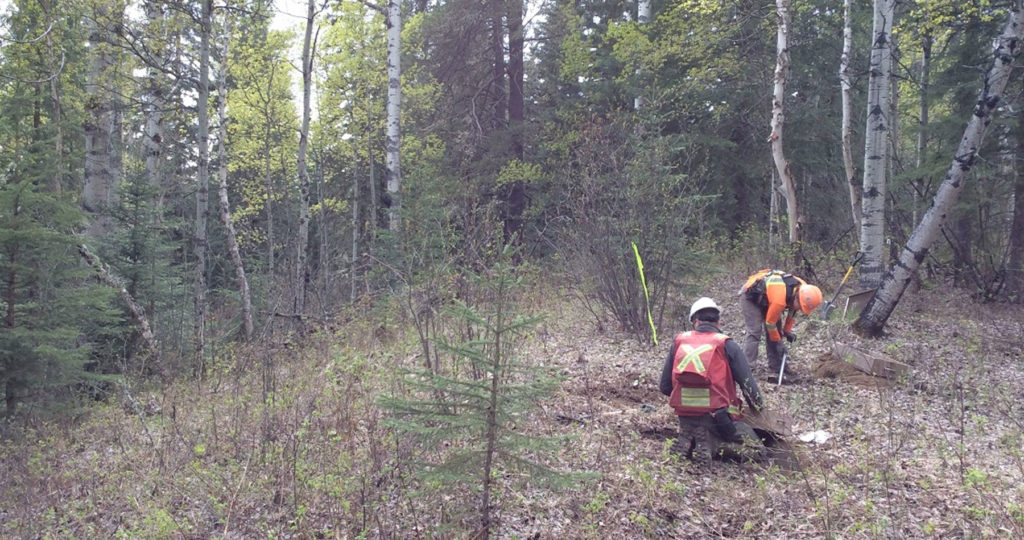
October 23, 2017
Why do HRIAs (Historic Resource Impact Assessments)?
“Archaeological heritage is an essential element in the affirmation of our Canadian identity and a source of inspiration and knowledge. It is the policy of the Government of Canada to protect and manage this heritage.1” This sentiment is echoed through all levels of government and most provinces2, territories, and municipalities have either a piece of
Keep Reading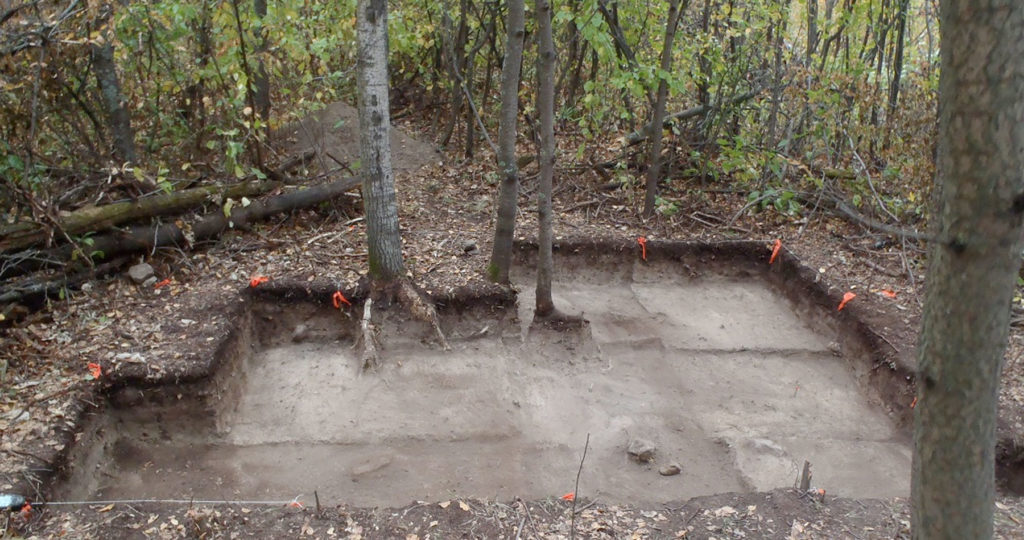
October 9, 2017
What is Mitigative Excavation?
Mitigative excavation is the process of digging an archaeological site that is threatened either by development or natural erosion. Mitigative excavations have different goals than academic excavations. The goal of mitigative excavations is is to save as much information about the site before it is destroyed, whereas in academic digs the goal is to answer
Keep Reading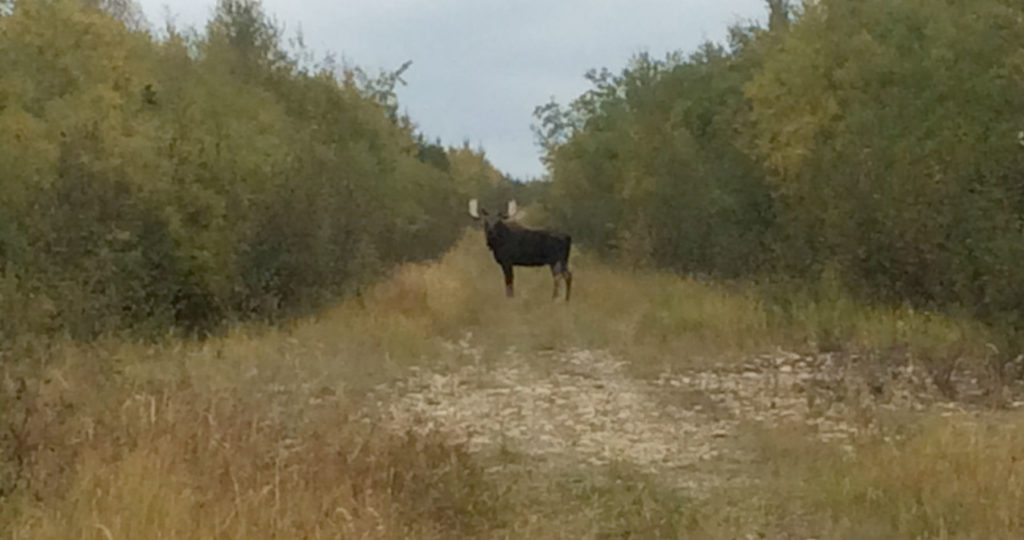
September 27, 2017
Moose on the Loose!
As Brian and I headed back to Swan Hills, we turned the corner and saw this fella chilling on the trail! The forest to either side of the trail, having been harvested in the last decade or so, had young trees growing tightly together, making it difficult for the moose to make his escape. We
Keep Reading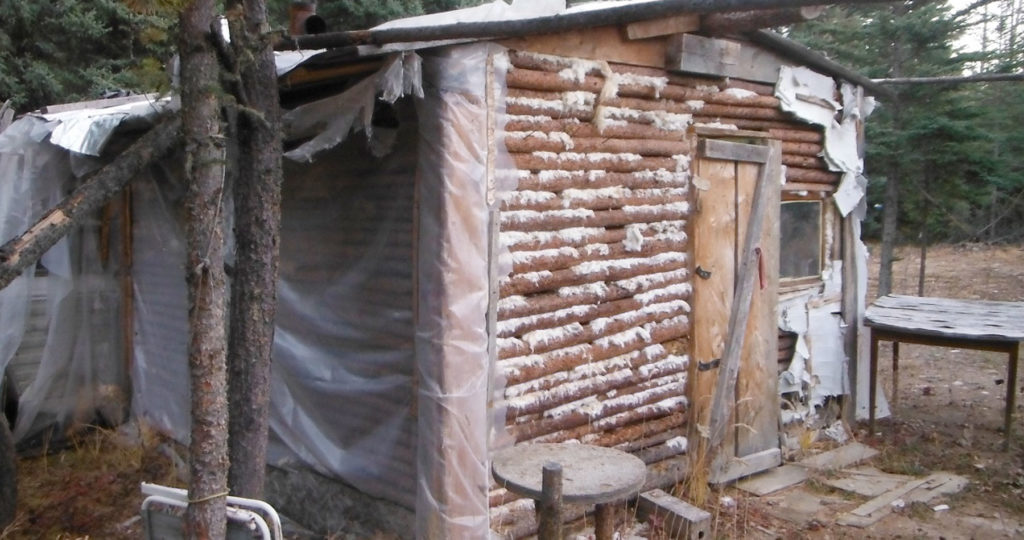
September 25, 2017
HRV 4C – What Happens Now?
You have made a plan for a development and reviewed your plan against the Listing of Historic Resources. You’ve found that you have a conflict on your land parcel, it is listed with an HRV of 4C. What does that mean? An HRV of 4C indicates that an historic resource site is located on that
Keep Reading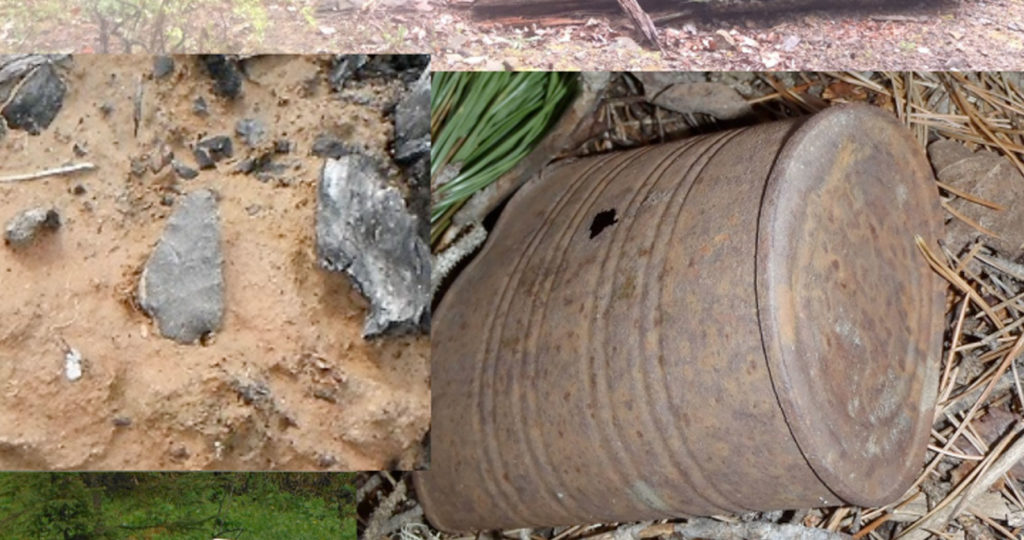
September 11, 2017
What is an Historic Resource Site?
The majority of Tree Time’s archaeological work is done in the context of Historic Resources Impact Assessments, but what is an Historic Resource? People are sometimes confused about what constitutes an historic resource because it is a very broad category. The first thing to come to most people’s mind would likely be the contents of
Keep Reading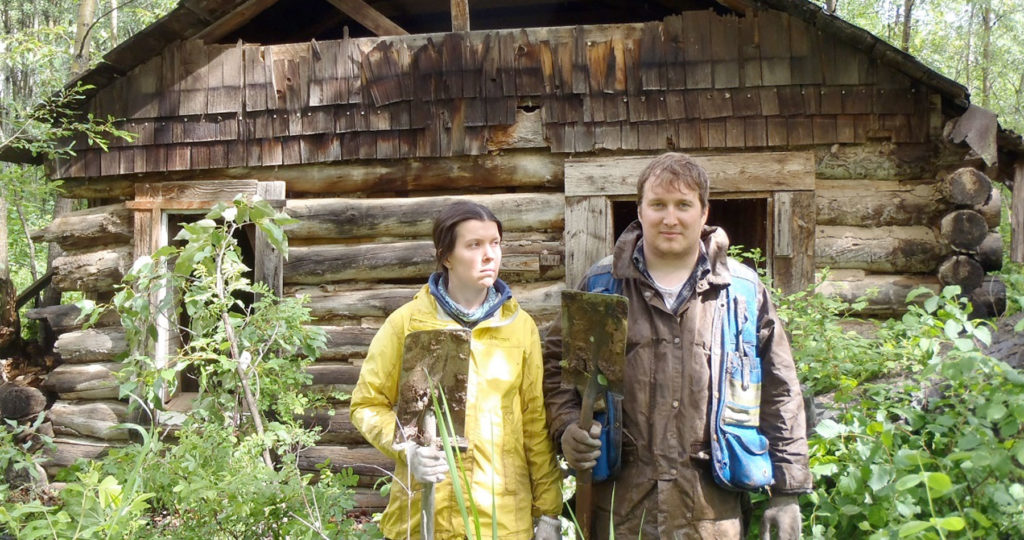
August 28, 2017
Index to Alberta Homestead Records 1870 to 1930
Many people are interested in researching their family history and genealogy. The Index to Alberta Homestead Records are an excellent place to start your research. The following blog will give instructions on how to use the Index. If you wish to learn what the homestead records are, or how they can help archaeologists, please check
Keep Reading
August 14, 2017
The Alberta Homestead Process
Homestead records are a valuable research tool for archaeologists, historians and for people researching their own family history or genealogy. If you want to see how homestead records can help archaeologists please read our previous blog post. Before I explain how to use these records, I will give a brief description of the homesteading process
Keep Reading
August 2, 2017
Glacial Flutes
Ryan is doing layout work to protect wetlands and streams during aerial herbicide application and he got this great shot of glacial fluting northeast of Calling Lake. These parallel ridges were formed when the Laurentide ice sheet coming southwest from the Canadian Shield hit bedrock uplands at the east end of the Pelican Mountains. The
Keep Reading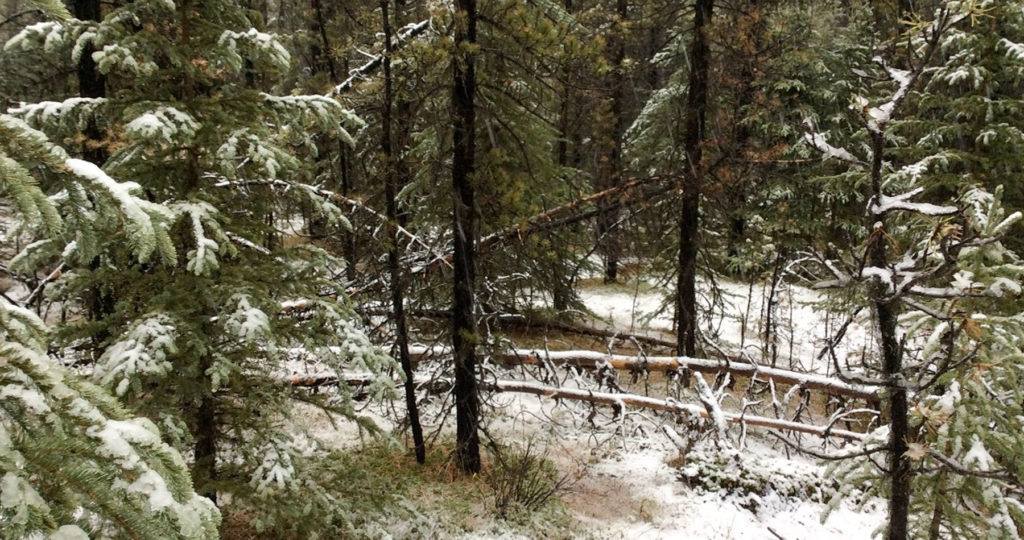
July 26, 2017
Wild Weather
Weather can change very quickly in the foothills. From one day to the next, and within the day itself. The following photos were taken all on the next day. The weather can also change a lot depending on your elevation. In order to get out of the valley we were in we had to drive
Keep Reading